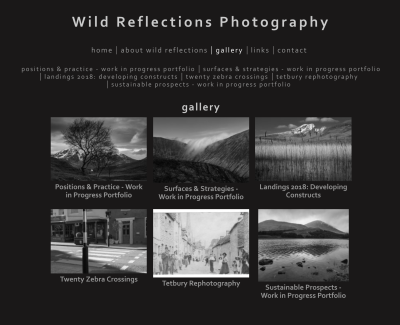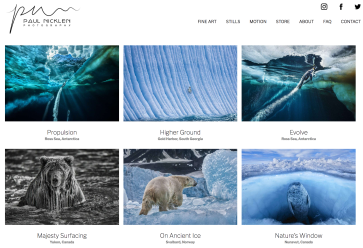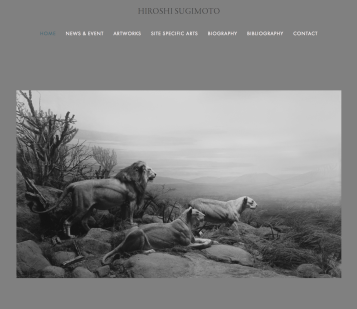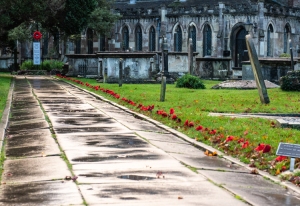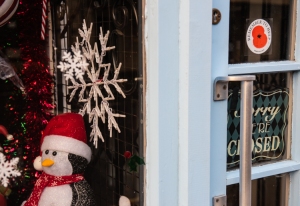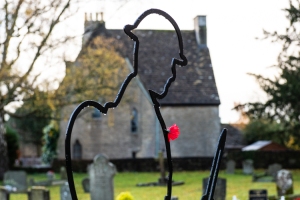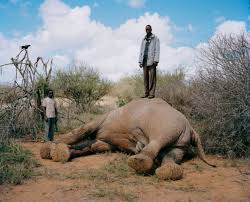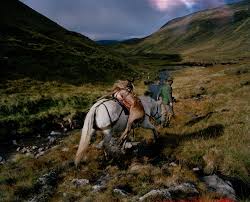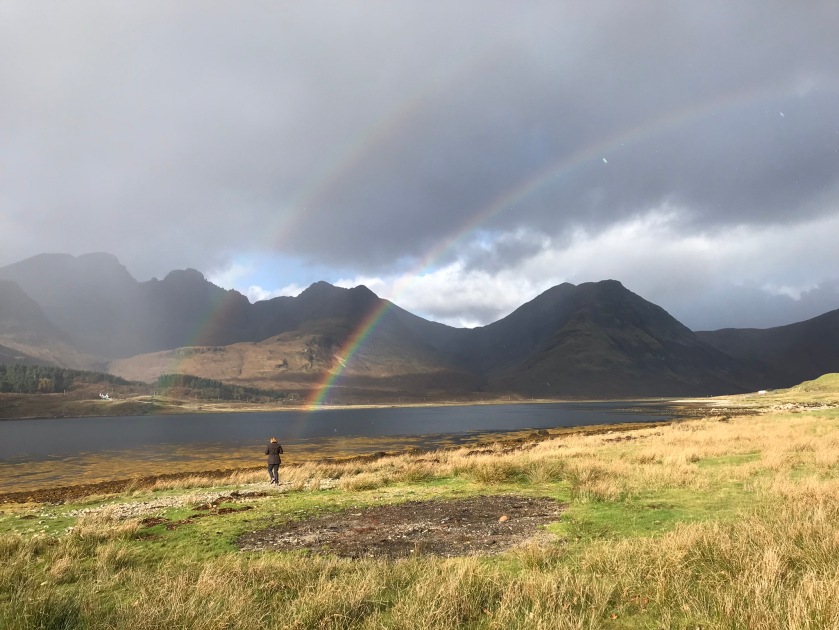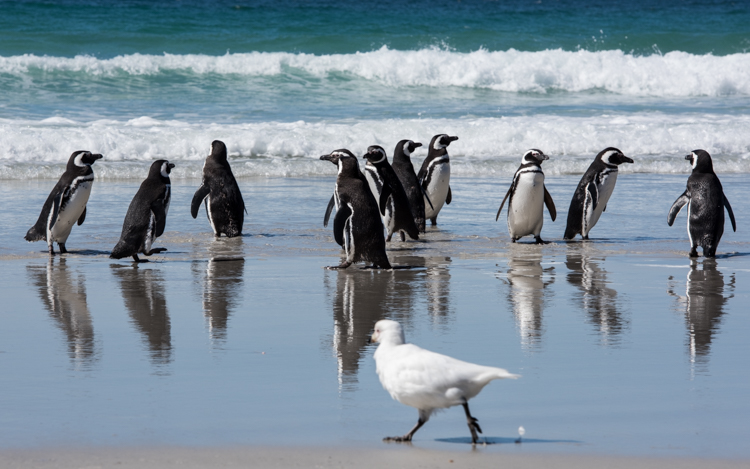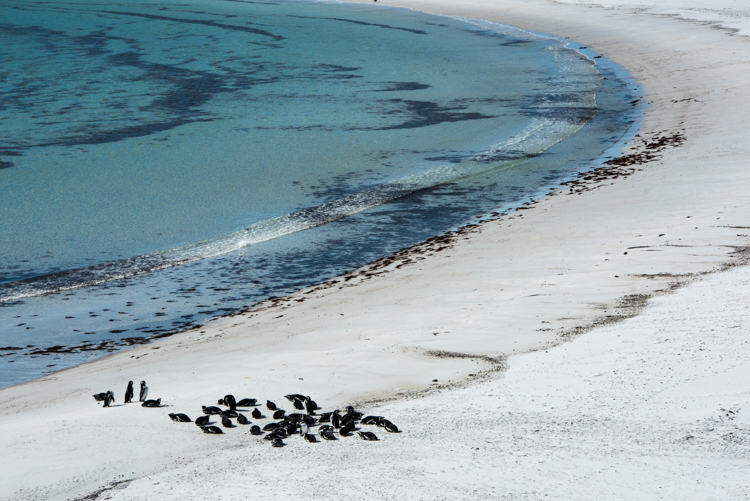In this post I am going to consider my current use of social media and actions I might take to consider how I might use it more effectively in the future. For our coursework activity we were asked to consider the following:
Think about the different social media channels available and how you are already using (some of) them. Is there anything you can do better? Should you use all of them? Should you use a different one? As discussed in previous weeks, social media is now such a powerful tool in your marketing toolbox and over the next weeks, you will either set up social media channels, if you haven’t already, and start using them in whatever way you feel most appropriate, or if you already are on Instagram or other social media channels, please think about whether you could be using them in a more effective way.
This is an area of running a successful business that I have not fully embraced although I do have a Twitter account (rarely used), a Facebook account (never used), thanks to the MA I now use Vimeo and I also have a Pinterest account which I use more for leisure than for showing my photography work.
In order to make sense and some decisions of what direction to take in terms of my social media presence I have referred again to Lisa Pritchard’s book Running a Successful Photography Business. Whilst acknowledging the importance social media has in running a business I was reassured that maybe my social media presence should be more about staying connected with colleagues working in the same industry – about networking and having a sense of community. Of course, at the moment, the MA Photography is providing much of that for me. But, the point is well made, that when I complete my course, I will then be a lone figure in the Isle of Skye. I will need people to test ideas and concepts, provide review and advice on my work in progress and help me identify markets and contacts in an area I haven’t lived or worked before and social media is, of course, a great way of feeling connected with people across the world, not just locally.
If I choose to set up a business then I will need to consider how I use social media in the future. At the moment I feel that I should take a cautious approach. I am proposed to take the following actions in conjunction with revamping my website and creating a professional portfolio:
- Review my use of Twitter and consider incorporating a Twitter feed into my new website and blog
- Continue to use Vimeo through the course and consider ways in which I might use videos to trail my new business and work in progress
- Review Pinterest in a different light as a business rather than leisure media
I am really clear that I do not want to create new accounts such as Instagram and start to use Facebook at this stage. I do not want to create a presence and then for it to be benign. I need to focus and I believe my website, portfolio and blog are more important at this stage.
References
Pritchard, L, (2017), Running a Successful Photography Business, Bloomsbury Publishing, London

